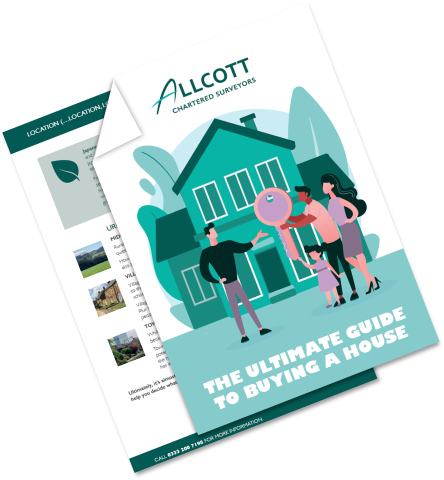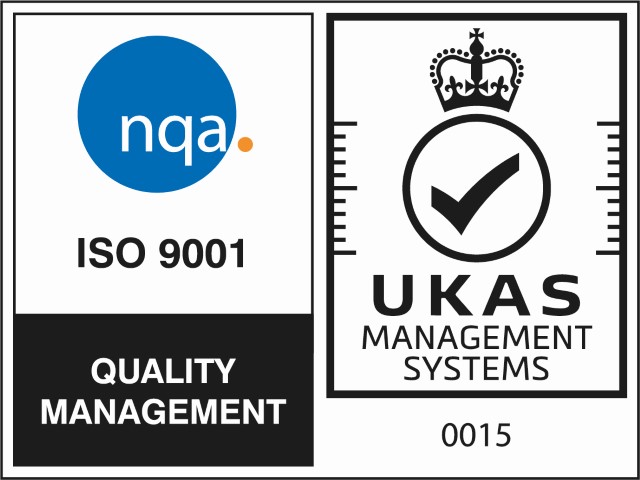Should You Buy a New or Old House?
Regulated by RICS
Instant Quote | NO OBLIGATION
Or Call 0333 200 7198
This question really includes three options at its simplest, and a whole multitude once you really dig into it.
New, Modern or Old?
First, you might have the option of buying a ‘new build’. This is a house that has never been lived in before and will either have just been built or will be under construction when you are making your decision.
Other houses are known as ‘existing property’. However, these shouldn’t all be lumped together. Existing properties can be modern, i.e. they were built in the last few decades. At the other end of the scale, existing homes can be hundreds of years old, and may even have listed status, meaning that there are legal limitations on the alterations you can make to them.
New Builds vs Modern Properties vs Period Homes…in a Nutshell
New Builds
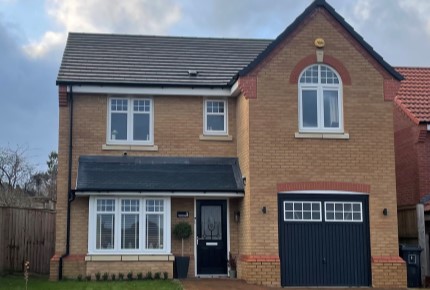
These are often chosen for their convenience. There shouldn’t be any works that need doing when you move in, so you can get on with normal life pretty much straightaway. You will also avoid the need to deal with a ‘chain’ – nobody needs to sell up and move out before you buy and move in.
They usually come with a 10-year BuildMark Warranty from NHBC.
You can expect them to be more energy efficient than homes built in the last century and earlier.
Developers have been known to rush properties through, which has led to issues. While these are covered by the warranty, they can cause a lot of disruption while issues are fixed.
In the short term, house prices can fall as you lose the initial novelty of the property being brand new.
If you’re looking for a big, private garden, you might struggle – most developers prioritise maximising the square footage of the house; gardens are often small and overlooked by neighbours.
Modern & Mid-Century Homes
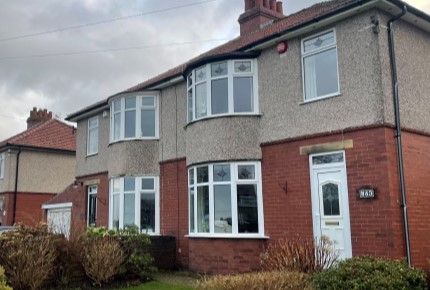
Shares some of the advantages of a new-build. Likely to be more energy efficient.
Better use of space for modern living than a period home – if it was built in recent decades, it would have been designed with a modern lifestyle in mind.
You will probably get more for your money than either a new building or a historic house.
Architectural style can be a positive or a negative, depending on your preferences. There’s also likely to be a better sense of community than on a new build development, and more established local amenities.
Maintenance will be relatively low if the property is fairly new, but those little jobs will start to stack up.
Depending on when it was built, you might get more land than a brand-new property. You are almost certainly going to benefit from a more mature, established garden, compared with the patch of turf you would get with a new build.
Period Properties
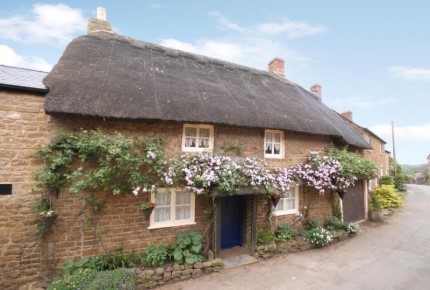
Character is the main reason people go for an older property. Your property is likely to be unique and packed with charming period features. It will also have thicker walls, giving you a bit more privacy.
Rooms in period homes tend to be fairly large. Kitchens can be the exception as unlike in new properties, the house will probably have been built with separate kitchen and dining areas. Having said that, many previous owners will have carried out alterations to open up the space already.
The space continues outside, with many older homes having more land, more parking and more established gardens.
Older homes are more likely to need work and redecoration when you move in. Depending on your point of view, this could be a positive, because it means you can put your own stamp on it when you move in, and potentially even add value.
Maintenance requirements are likely to be more extensive than with newer homes. If the property is around 100 years old or more, the materials and techniques that need to be used will also be different from those used for modern houses…and more expensive.
Energy costs are likely to be higher, especially if the property has traditional windows and doors.
Houses Through the Ages: What You Need To Know
New Builds
With a new build, you are usually covered by a 10-year warranty, and so if anything goes wrong you have the reassurance that the builder will fix it. Make sure you understand what is and isn’t covered by the warranty. There are also different periods within most warranties, with some aspects being covered only for the first two years.
Delays are common issues with new-build purchasers. Labour shortages, supply chain issues and planning constraints can all push back completion dates. As well as being disappointing, this can cost you a significant amount of money in rental fees. Mortgage agreements can also expire, so make sure your broker is aware you are buying new, and keep them informed of any challenges you are facing. One of the most important steps you can take to protect yourself is to make sure your solicitor checks the long stop date; that is, the date that the developers must be ready by, otherwise, you are entitled to withdraw and get your deposit back.
Snagging
Even the best builders and developers will make some errors when putting together a house, and this can be exacerbated if builders are working on large-scale developments under pressured budgets and timelines. A snagging survey is a visual check of the quality of build and workmanship against applicable standards. Typical findings include sticking doors and loose tiles, but the surveyor will also look at the brickwork and pointing, insulation and ventilation.
The ideal time to get one is before you exchange contracts, but if this isn’t possible, arrange it as soon as possible after you have moved in. This will give you a list of anything substandard or not up to building regulations standards, for you to report to your builder so that they can remedy it.
Restrictive Covenants
Restrictive covenants are restrictions that are written into the deeds for a property that limit what the owner can do with the house and land. They can apply to any property (and your solicitor should check for them), but some are particularly common on new build estates. Some of the most frequently used ones include restrictions on parking commercial vehicles and caravans at the property, bans on satellite dishes and limitations to the number and types of animals that can be kept on the property.
Existing buildings
In contrast to new builds, when you buy a pre-owned property, any issues with its condition or structure are usually apparent. That doesn’t mean you shouldn’t go ahead with the purchase, but it does pay to understand what needs to be done to repair any critical problems, and how much maintenance there is likely to be.
A level 2 building survey will cover any serious issues with the property, and a level 3 survey will provide a thorough description of repair and maintenance items, both major and minor, to help you budget and decide whether to proceed with the property.
You will also need to budget for any renovations that are needed – perhaps the kitchens or bathrooms are dated, or the house needs a lick of paint or new carpets.
Very new houses are a bit of an exception – if it was built within the past 10 years, it may still be within its 10-year warranty. If this is the case, the warranty will usually pass to you as the new owner. Assuming the property is over 2 years old, you will be out of the builder warranty period, but still within the structural insurance period that covers physical damage owing to any failures to build according to NHBC standards.
There will have been opportunities for previous owners to make structural alterations to the house, so it’s important to make sure your legal advisor gets all the appropriate documentation and certification to confirm that the works were done to current standards.
***If the home you are looking at is listed, there are a few extra factors to take into account. While listing shouldn’t be a barrier to buying a home, it does mean that there will be some restrictions on what you can alter. Find out more in our guide to buying a listed home***.

